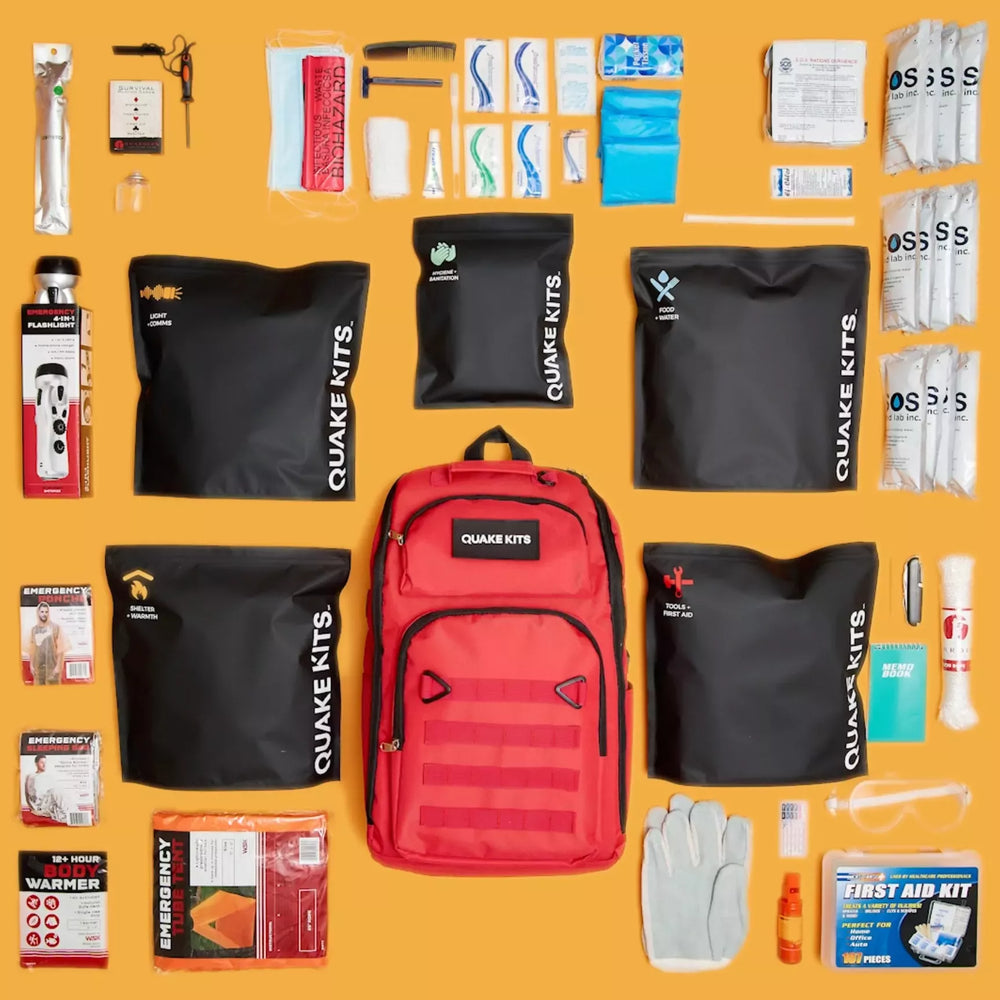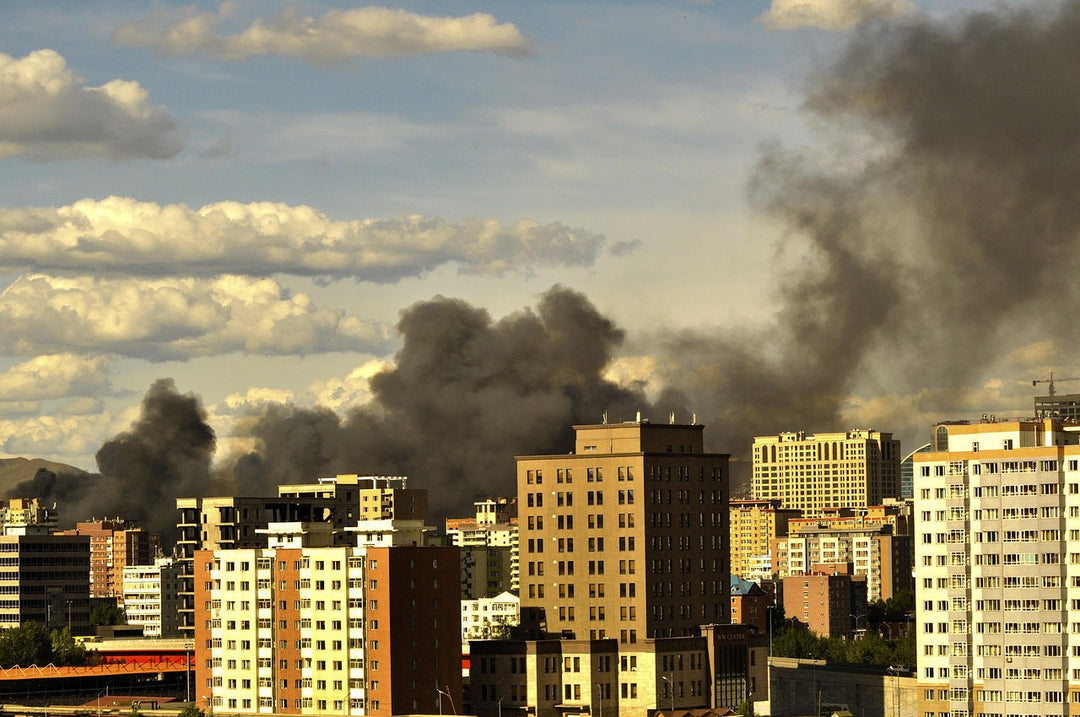5 Wilderness Survival Shelters You Should Know How to Build
How to Build a Survival Shelter in the Wilderness
When disaster strikes or you're stranded in the wilderness, knowing how to build a survival shelter can be the difference between life and death. Exposure to the elements is one of the fastest ways to succumb to injury or illness in a survival situation. Whether you’re an outdoor enthusiast, prepper, or just someone who wants to be ready, learning about different types of wilderness survival shelters is an essential skill.
In this guide, we’ll break down five proven types of emergency shelters you can build with natural materials or basic survival gear so you’re never caught off guard.
Types of Wilderness Survival Shelters
There’s no one-size-fits-all approach to building a survival shelter. The right structure depends on your environment, available materials, and how long you expect to stay put. Here are some of the most reliable and practical types of wilderness shelters:
1.Lean-To Shelter
Best for: Mild to moderate climates, quick setup
Materials: Long branches, leaves or evergreen boughs, tarp (if available)
A lean-to is one of the simplest and most common shelters. It involves leaning a series of branches or a tarp against a support log or fallen tree. Cover the frame with brush, leaves, or a tarp to shield yourself from wind and rain. Add a reflective wall opposite the open side if you have a fire going, to bounce heat toward you.

2. A-Frame Shelter
Best for: Cold or wet conditions
Materials: Two forked sticks, a ridgepole, branches, foliage, tarp or poncho
An A-frame provides greater coverage and insulation than a lean-to. Construct it by placing a sturdy ridgepole between two forked supports. Angle branches along both sides, then pile on insulating material such as leaves, pine needles, or moss. The tighter the layering, the warmer and drier you’ll stay.

3. Debris Hut
Best for: Cold environments, overnight protection
Materials: Branches, leaves, pine needles, grass, your own body heat
This shelter is built around your body size to trap heat. Create a small frame out of sticks, then pile on debris for insulation. Leave a small entrance and pack extra insulation over the top and sides. It’s not the roomiest option, but it retains body heat exceptionally well, especially in freezing conditions.

4. Snow Cave or Quinzee
Best for: Snow-covered terrain
Materials: Packed snow, shovel or digging tool, body heat for melting edges
In snowy environments, a snow cave can be surprisingly warm. Dig into a snowbank or mound (you can build one by piling and packing snow), then hollow out a space large enough for your body. Make sure to create a small air vent and place insulation on the ground. A quinzee, which is a dug-out mound of snow, works similarly and is safer in deeper snow conditions.

5. Tarp Shelter
Best for: All-weather, ultralight preparedness
Materials: Tarp or emergency blanket, paracord or rope, stakes or rocks
A tarp shelter is versatile and fast. With a bit of paracord and some creativity, you can rig a tarp into a lean-to, A-frame, or even a fully enclosed “burrito” shelter. The key benefit is water resistance and ease of setup, especially important if you're caught in a sudden storm.

Bonus Tip: Always Use Ground Insulation
No matter which shelter you build, ground insulation is crucial. Use leaves, pine needles, branches, or even your backpack to lift yourself off the cold ground and retain body heat. Heat loss through conduction can be a major issue, even in mild weather.
Practice Before You Need It
Learning to build shelters in a crisis is much harder than practicing in advance. Spend some time in your backyard or on a camping trip trying out a few of these shelter types. If you carry a survival kit, consider adding a compact tarp, cordage, and thermal blanket to make shelter building easier when it really counts.
Just like your 72-hour emergency kit, your wilderness shelter knowledge could be the difference between discomfort and a dangerous situation.
Be Prepared. Stay Safe. Survive.
At QuakeKits.com, we believe that preparation is peace of mind. Whether you're sheltering in place or finding safety in the wild, having the right skills and gear is essential. Explore our line of survival kits and outdoor tools designed to keep you ready for whatever comes your way. Check out Ready.gov for more survival tips.






Leave a comment